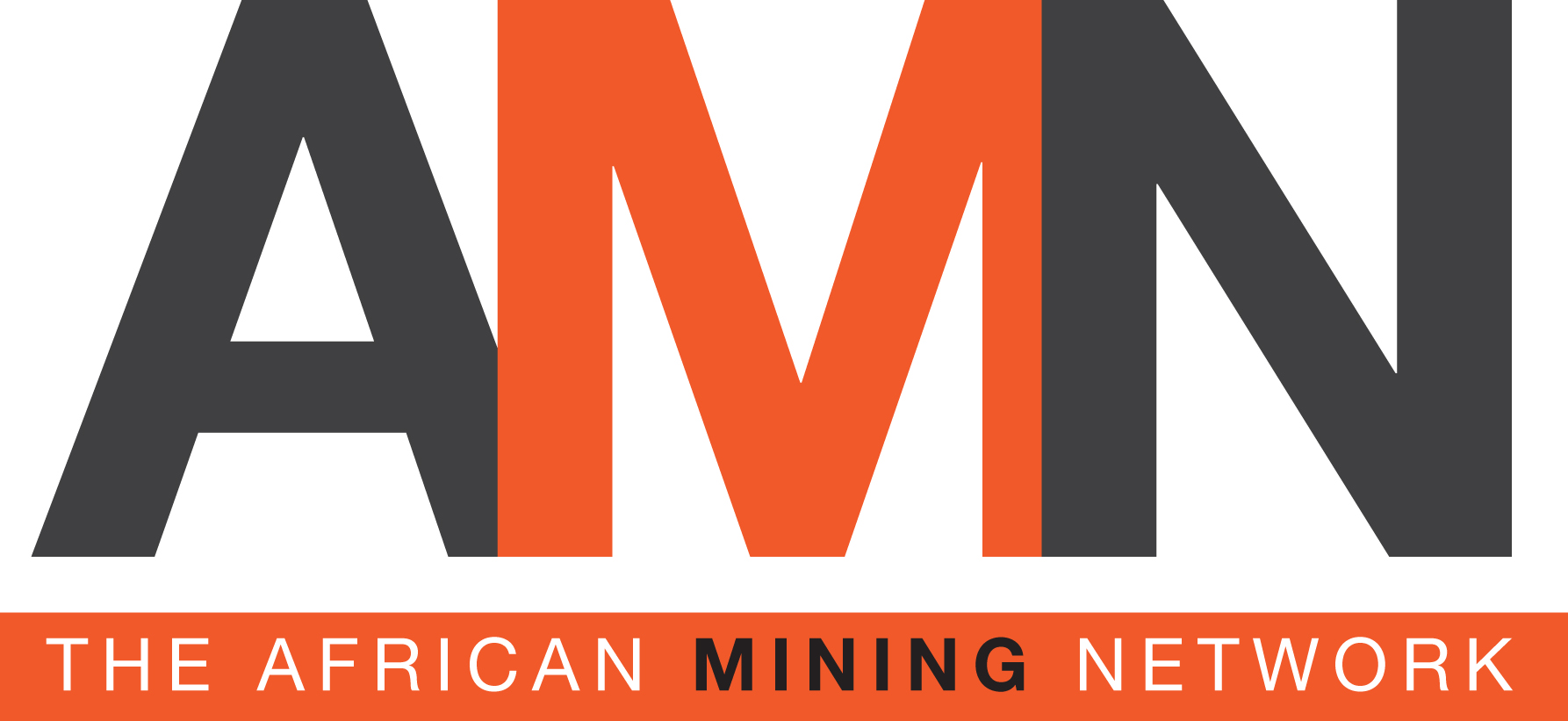- Yolanda Torrisi
- +61 412 261 870
- yolanda@yolandatorrisi.com
- Nina van Wyk
- +27 82 926 3882
- nina@africanminingnetwork.com

Namibia’s mining sector has endured a tough time but some green shoots are starting to show. The Mining Industry Association of Southern Africa (MIASA) says the Southern Africa Development Community (SADC) region has lost 490,000 jobs in the mining industry due to depressed commodity prices on international markets.
Since 2014 Namibia has shed more than 1500 jobs in the diamond beneficiation sector alone, with only 600 to 700 people still employed in that sector, according to information obtained from the Ministry of Mines and Energy.
Namibia’s Chamber of Mines president Kombadayedu Kapwanga said in media reports recently that the demand for gold, diamonds and metal had been increasing globally, uplifting the local mining sector.
“The sector is not really in deep trouble anymore; it’s becoming stable now as currently commodity prices went down and people are now buying luxury goods made from our mining products. Although gold and diamond prices are stable, the uranium sector is still feeling the global pinch.
“Unfortunately, at difficult times like these, most of the times our hands are tied and we can’t do much because the factors pertaining to our mining industries are determined by the global factors. The fact that China isn’t buying our products so well at the moment is not helping either,” he said.
Rössing Uranium Limited managing director Werner Duvenhage said in the same media report: “When the going gets tough, the tough get going. This certainly applies to this difficult period and I believe it applies to Rössing Uranium as a business.”
Rössing Uranium has operated for 39 years and there have been times when they have experienced similarly challenging periods, managed to survive them and gone on to prosper when market conditions improved.
“Rössing Uranium is looking beyond the current difficult times and remains positive about the future of our business. As could be expected, since 2015 these months can be described as a tough year for Rössing Uranium, but we’re positive that we will survive, and even prosper, in the years to come,” he says.
Werner Duvenhage can see that the next few years will be difficult, but looking beyond the immediate challenges is key. To find and maximise Rössing’s opportunities in the future, he says the mine will closely look at how efficiently it works, with the aim to keep the business profitable.
Meanwhile, Namibia is working with SADC governments to create a favourable environment and conditions in which the region can attract private investors who in turn will invest their money and energy to explore more what the region can offer.
“We want to see more exploration in the region because it’s through exploration that we tend to discover new mines which will in turn bring about results such as profits and jobs. We engaged the ministers responsible for energy in the region and we’ll see where this will lead us,” he said.
- Yolanda Torrisi is Chairperson of The African Mining Network and comments on African mining issues and the growing global interest in the African continent. Contact:yolanda@yolandatorrisi.com

